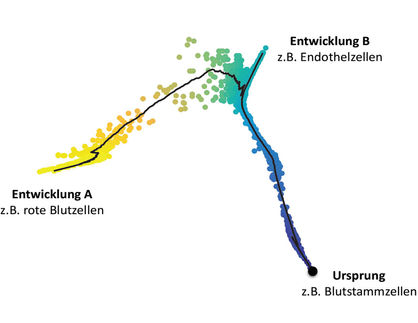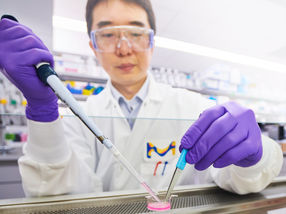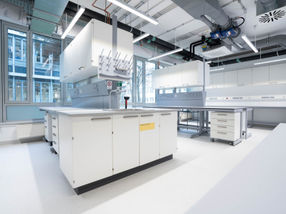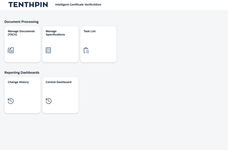BioInformatics survey: Affymetrix Dominates DNA Microarrays Market
Advertisement
A recent survey reveals that Affymetrix continues to be the dominant supplier in the DNA microarray market, which includes DNA microarrays, microarray scanners, and data analysis software. The survey found that 81% of researchers use commercial DNA microarrays, either exclusively or in addition to arrays printed in the lab or in a core facility. Among these commercial array users, 75% of scientists use Affymetrix arrays. However other suppliers-such as Agilent Technologies and Applied Biosystems are making inroads into this growing market, particularly in the areas of microarray scanners and data analysis software.
In order to benchmark the current state of DNA microarray technology, BioInformatics, LLC published its latest report "The Market for DNA Microarrays: Core Lab & End-User Perspectives." Based on a 29-question survey of 563 scientific customers who currently use DNA microarrays, this report assesses researchers' experimental parameters, current and future levels of sample throughput and choice of supplier for DNA microarrays, scanners, and software. Additionally, researchers were asked about how suppliers should work to improve the technology and how best to ensure the use of DNA microarrays in clinical applications.
Over the last decade, DNA microarray technology has evolved to become a powerful tool with which scientists can analyze the expression level of thousands of genes simultaneously. In fact, this survey shows that the market for DNA microarrays is a fast-growing one, with 45% of researchers expecting an increase in throughput over the next year. Additionally, 68% of scientists at core labs plan to increase their throughput over the same period. Interestingly, respondents who use both commercial arrays and arrays printed in-house are more likely to expect increased throughput. "Given that this group of users demonstrate preference for both commercial and in-house arrays, suppliers who focus on understanding the circumstances in which such users select each source will be best positioned to transition those users to a higher proportion of commercial microarray utilization," according to Dr. Robin Rothrock, Director of Market Research at BioInformatics, LLC.
Scientists who work in core labs often have different needs from end-user scientists. Core lab scientists are more likely to use microarrays to analyze both DNA and RNA, while end-user scientists are much more likely to use RNA as a starting material. Overall, microarrays are most often used for various types of expression profiling. Scientists in core labs are more likely to use arrays in drug discovery research, high throughput screening, comparative genomic hybridization (CGH) and SNP detection and diagnostics, reflecting their analysis of both DNA and RNA templates as well as the diverse needs of their internal customers.
One emerging application for DNA microarrays will be their use in the clinical arena. Researchers reported a number of objectives that need to be met to ensure the future of DNA microarrays in clinical applications. The need for comprehensive gene expression profile data was seen as essential, as well as the ability to discriminate between closely related genes and guaranteed quality control/quality assurance. Due to the volume of experiments that they perform, respondents who work in core labs feel that data integration must be improved for microarrays to be used in clinical applications. Their counterparts who do not work in core labs feel that obtaining gene expression data over time, between tissues and among disease states is most important, reflecting that many of these researchers primarily use microarrays to analyze gene expression.
Satisfaction is generally high among scientists using DNA microarrays and data analysis software. Forty-nine percent of researchers are highly satisfied with DNA array performance. Overall satisfaction for data analysis software is high, as well, however, there is a significant difference in satisfaction between researchers who use in-house custom software and those who use commercial software. Fifty-three percent of in-house software users were highly satisfied with the performance of their software, while 43% of researchers who use commercial software were highly satisfied.
"In this growing but highly competitive market, a supplier who can find a way to enhance microarray quality in order to provide accurate and reproducible results-especially in the area of data standardization and integration-is the one who will succeed," predicts Dr. Rothrock.
































































